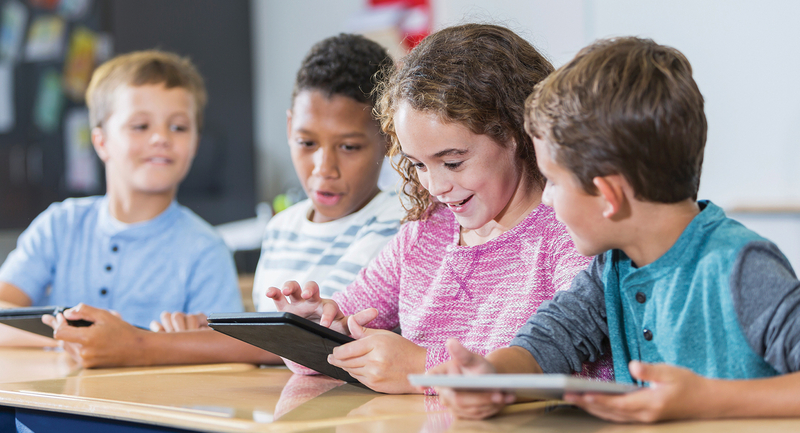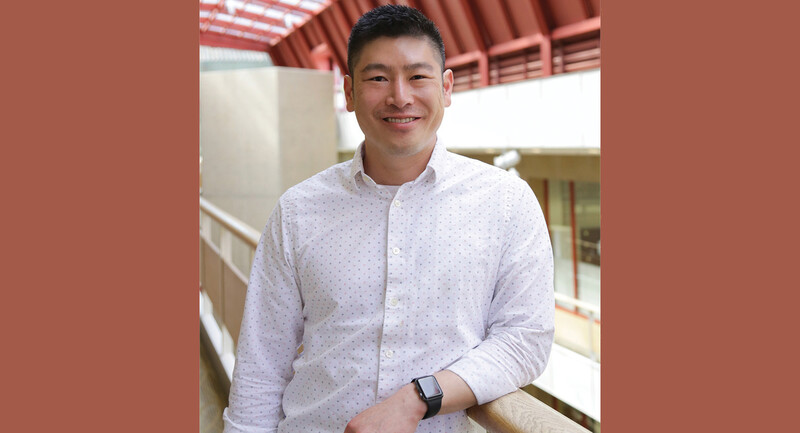The Boundless Classroom: Designing Purposeful Instruction for Any Learning Environment by Nathan Lang-Raad and James V. Witty (ISTE, 2022)
Many teachers have struggled with how to retain some of the helpful features of remote and blended learning they saw during the pandemic now that learning is back to in-person. This book can help bridge the gap. It provides frameworks and guidance for how teachers—including those teaching mainly in-person—can change their instruction and planning practices to incorporate beneficial aspects of blended and asynchronous learning. The information will also help school leaders who are considering changing their school's way of operating to offer blended learning to some students.
Lang-Raad and Witty explore key questions connected to blended learning, such as whether synchronous or asynchronous learning is best for certain content, ways to achieve "consistency" (meaning kids aren't learning through too many different platforms), and teaching effectively in a "concurrent" classroom (with some students physically in class and others participating virtually).
Chapters 2 and 5 are especially practical. Chapter 2 gives detailed guidance for how to plan for blended learning experiences, describing seven common models of blended learning. Chapter 5 offers an eight-part framework for delivering a blended learning lesson, including elements like activating prior knowledge and facilitating student discourse. The framework can be used with in-person learning also.
Lang-Raad and Witty include vignettes from teachers facilitating blended learning in schools with varied configurations of in-person and virtual work. These examples show, as the authors promise, paths to "create meaningful, challenging learning opportunities … no matter what the modality in which you teach."








